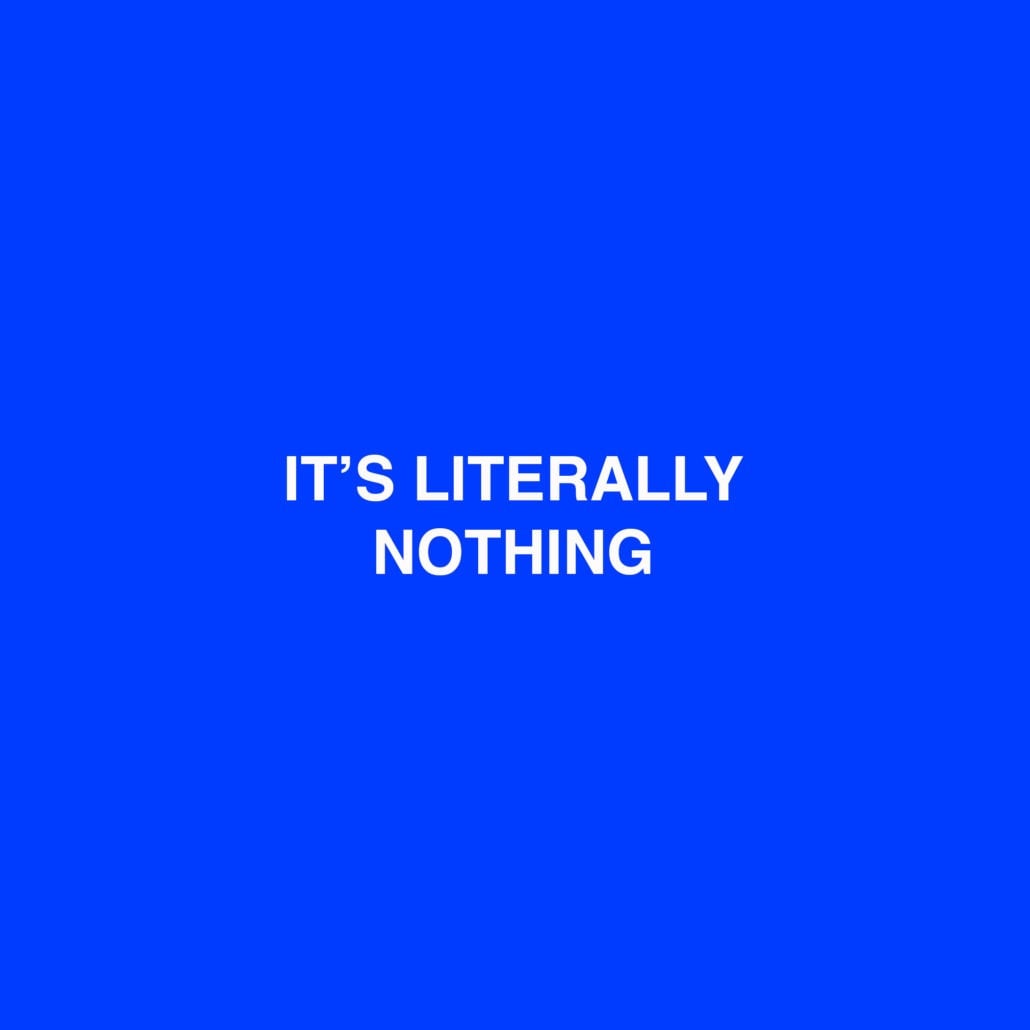By Mark Hooper
Have you ever wondered what fashion critics are actually for? Is it fair to say they are nothing more than cheerleaders for the industry? If so, there would be no real difference between marketing and journalism – wouldn’t there?

This is the argument recently raised by one respected commentator, Eugene Rabkin, founder of StyleZeitgeist (in an op-ed entitled ‘It’s Literally Nothing’). It’s fair to say he’s caused a few ruffles among fashion circles.
Naming social media accounts Style Not Com and I Deserve Couture specifically, his main gripe seemed to be that influencers aren’t doing the job of journalists; their role amounting to little more than reposting content and ‘cheerleading’ rather than commenting. From here, he makes the intellectual leap that we are witnessing the death knell of fashion criticism. There are some valid concerns here – not least about how the power dynamic has shifted dramatically over the past 20 years, to the point that brands can now call the shots, pulling advertising from titles that have upset them, effectively blackmailing the media into providing positive press.

There is plenty to unpick here, but it’s worth exploring, because it questions the need for strong, independent voices in fashion – and for a clear demarcation between journalism and marketing.
The two main claims are:
1. Much of social media fashion ‘commentary’ is no such thing, let alone journalism
2. Fashion criticism itself has seen a slow erosion of quality and principles
As Rabkin himself admits, the first argument feels like a throwback to the great bloggers v journalists debate at the turn of the millennium, where the media establishment took exception to the fact that they were having to share front row space with people from the internet. Battle lines were drawn, with the forces of democratisation squaring up against the defenders of professionalism. In the uneasy truce of the intervening years, it seems that social media has got the upper hand. But this doesn’t necessarily have to be a bad thing. Fashion media needed to move with the times and embrace new technology. Many of those original, much maligned bloggers are now established (and very good) fashion journalists – such as Susanna Lau (aka Susie Bubble).
Part of the issue is a simple non-sequitur: Rabkin wrongly describes the founders of a few fashion Instagram accounts as ‘the new critics’. In doing so, he sets them up as straw men for him to knock down. But the second part of his argument, even if it doesn’t follow from the first, is worth asking. Is fashion criticism getting worse? What even is the role of a fashion critic, anyway? It’s very different from, say, a theatre critic, with the power to shut down a Broadway show with one acerbic review.



True fashion criticism looks at the bigger picture, and teases trends from what’s in the air, not what’s presented in individual press releases. It can call out designers and labels when they get it wrong – culturally and morally as well as sartorially. It understands that fashion always has a political aspect – look at the late Vivienne Westwood and Alexander McQueen, right through to today’s eco-conscious, socially aware trailblazers.
There is a real danger of looking to the past with rose-tinted spectacles, comparing the current climate with a supposed golden era of fashion journalism. But it’s not that clear-cut. Suzy Menkes – who first questioned the importance of bloggers let’s not forget – is rightfully held up as an example of ‘Old school’ journalism, unafraid to risk the ire of Chanel or Marc Jacobs in calling it as she sees it. Likewise, Cathy Horan of New York magazine – has upset notable designers including Oscar De La Renta and Hedi Slimane (ironically both accused her of being a publicist rather than a critic, as a direct result of her critiquing their work). She also received the Eugenia Sheppard Award from the Council of Fashion Designers of America for questioning the practices of Vogue editor-in-chief Anna Wintour. Guess what? But Menkes and Horan don’t exist solely in a vacuum. They are still out there, contributing to fashion media’s voice – and, while they write for established titles, their words are read online, on blogs and social media posts. In other words, it’s not the medium, it’s the message. There are good and bad messages out there.

This is not to ignore another accusation levelled by StyleZeitgeist (I read it on their Instagram account, by the way): ‘Have the fashion audience had enough of fashion media’s complacency?’ Again, this is a false argument.
Do some journalists do little more than repeat press releases issued by the major labels, provide fawning ‘reviews’ and sing the praises of designers in lightweight interviews? Of course they do. What’s new?
But it doesn’t follow that – to quote StyleZeitgeist ‘Fashion brands have always loved cheerleaders and loathed critics’. They didn’t love Suzy Menkes and Hilary Alexander? I beg to differ. A healthy fashion industry – like a healthy democracy – needs to embrace dissenting voices. And there are plenty of good examples out there. It’s disingenuous for Rabkin to point out in his rant that Truman Capote and Kingsley Amis used to be commissioned by fashion magazines as a marker for how standards have fallen. How is that different to Afua Hirsch writing about race for modern-day British Vogue? Or Normal People author Sally Rooney? Or the Pulitzer Prize-winning Robin Givhan of the Washington Post? That’s not to mention a new era of smart, digital first writers out there, covering fashion in surprising and entertaining ways – like TJ Sidhu of The Face, or Roisin Lanigan for i-D, for example. And, of course, there is Rabkin himself. We don’t all have to agree, but in a Cartesian way, just by calling out his peers, he has proven that fashion criticism not only exists, but is alive and well.

